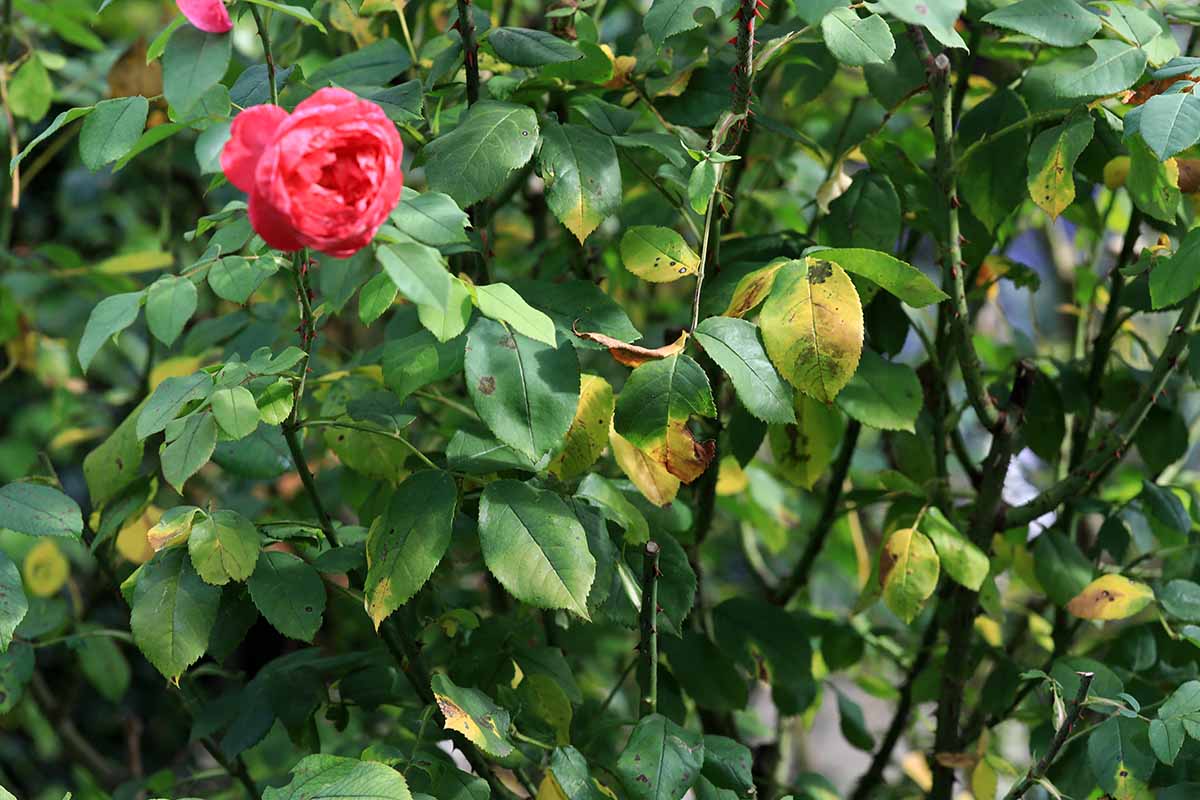Table of Contents
Growing your dream garden? If yes, then a rose might be on your list of plants to get in your garden. But growing roses is not so easy. It has its own problems. One of the problems with growing roses is that they can have black spot disease (Diplocarpon rosae), which is a common issue that plagues roses. The elegant rose you see and worked so hard to grow can become black because of these diseases.
So, you have to be careful to not ruin the elegant, fragrant roses you’ve worked so hard to cultivate.
So what are these black spots, and do the black spots come back on roses every year, and what are the homemade remedies for black roses? Let’s get into it.
What are the Black Spots on The Roses?
When you grow roses in your garden, it would be a beautiful experience, but you also have to keep in mind that roses can catch fungal disease that primarily affects rose plants. It is usually caused by the fungus Diplocarpon rosae and typically comes off as small, round, black, or dark brown spots with fringed or irregular edges on the leaves of rose bushes. If you ignore these spots, then you can see the black spots can spread and weaken the rose plant, affecting its overall health and beauty.
But if you treat it once, will they come again? Well, let’s find out.
Does Black Spot Come Back Every Year?
Once you have treated the black spots on your rose, you might have the question: do these spots come every year? Well, the answer is both yes and no. Black spots have a tendency to recur under certain conditions, but they can be managed and prevented with the right kind of approach.
Things that Cause Back Spots
1. Look out for the Weather
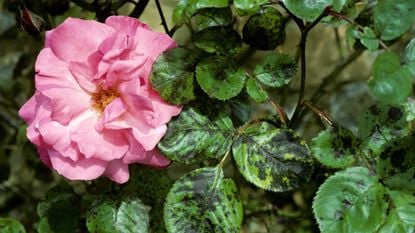
Growing a rose plant is not easy, but with the right kind of environment and weather, you can grow a rose plant that will accompany you for years. If you live in an area with a climate that is conducive to black spot development that is warm and humid, you may indeed see black spots return year after year. But even in such regions, proactive measures can help minimize its impact.
2. The Source of Infection
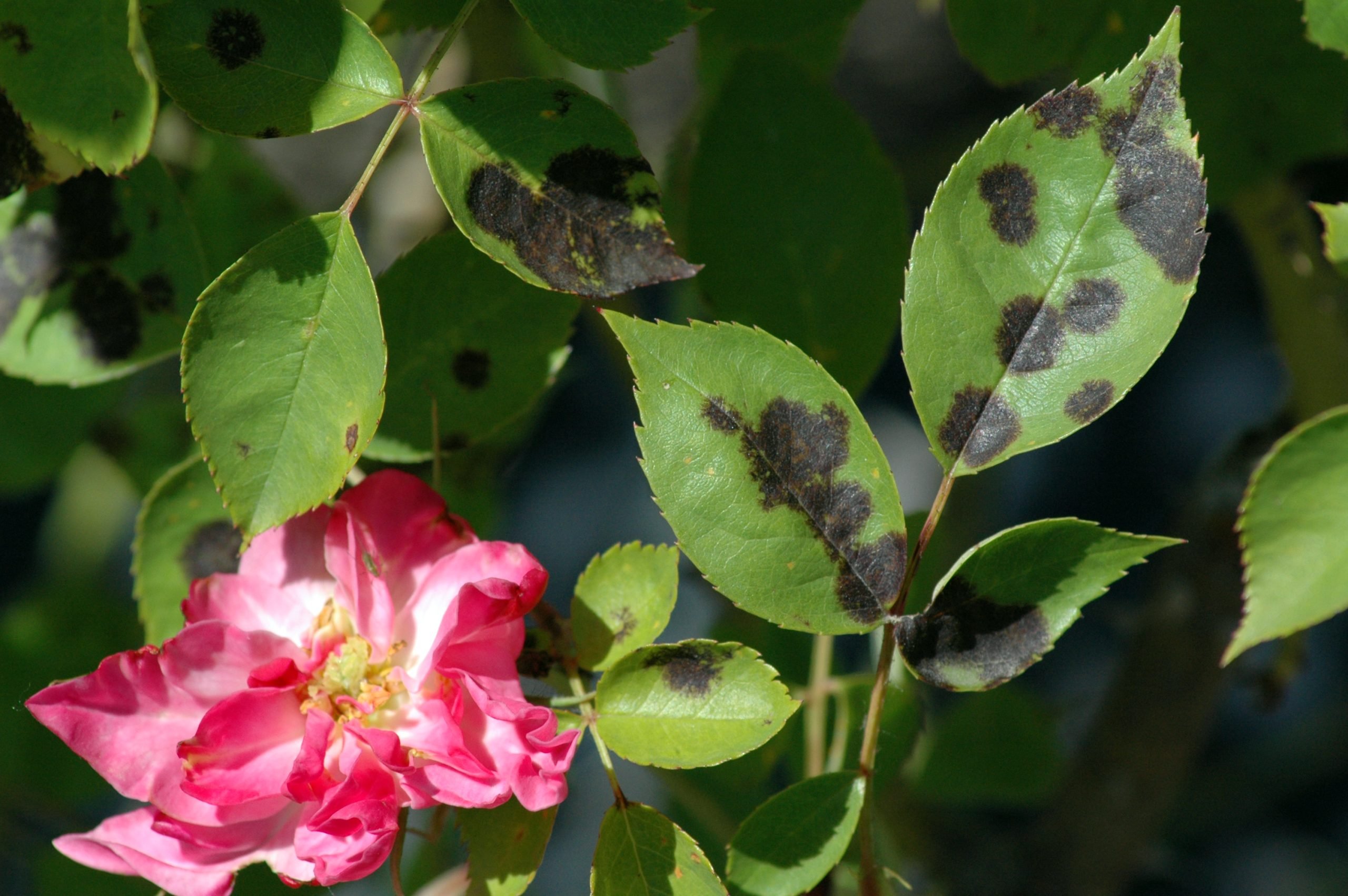
If you have spotted a black spot on your plant one year, then you will spot it again. Fungal spores might still be present in the soil or on old plant material. If you do not address this problem, then it will continue to come every year, so target the exact source and make sure the infection is healed and does not come back every year.
3. It Requires Care
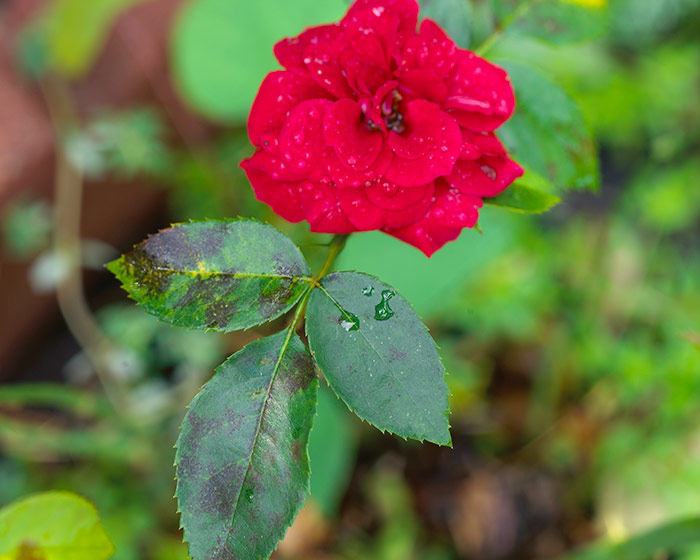
Growing roses is not an easy task. They require love and care. Roses that are not taken care of properly are more likely to experience recurring black spots. So make sure that you and the roses are maintained, and regular monitoring can help break the cycle.
How to Effectively Prevent Black Spots
While black spots may have a tendency to come back, you can take several precautions so that they do not come back.
1. Trim Those Leaves
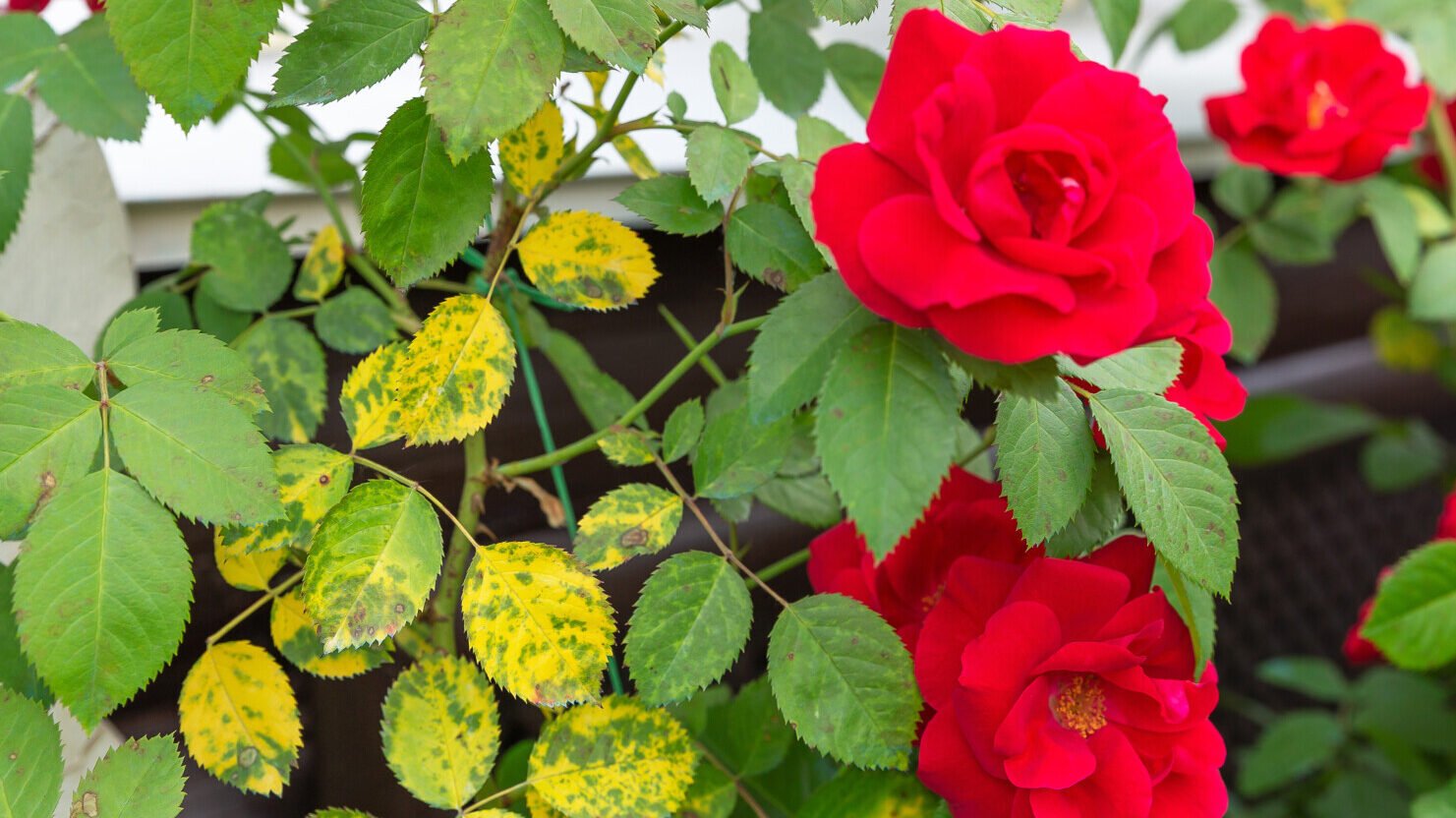
Pruning can help create a good environment for your plant; it improves air circulation and reduces the risk of black spots. Removing infected leaves and canes promptly can increase the chances of plants not getting the spots again. Also, make sure that you dispose of those black spot leaves away from the garden.
2. Lookout for Their Water Scheduling
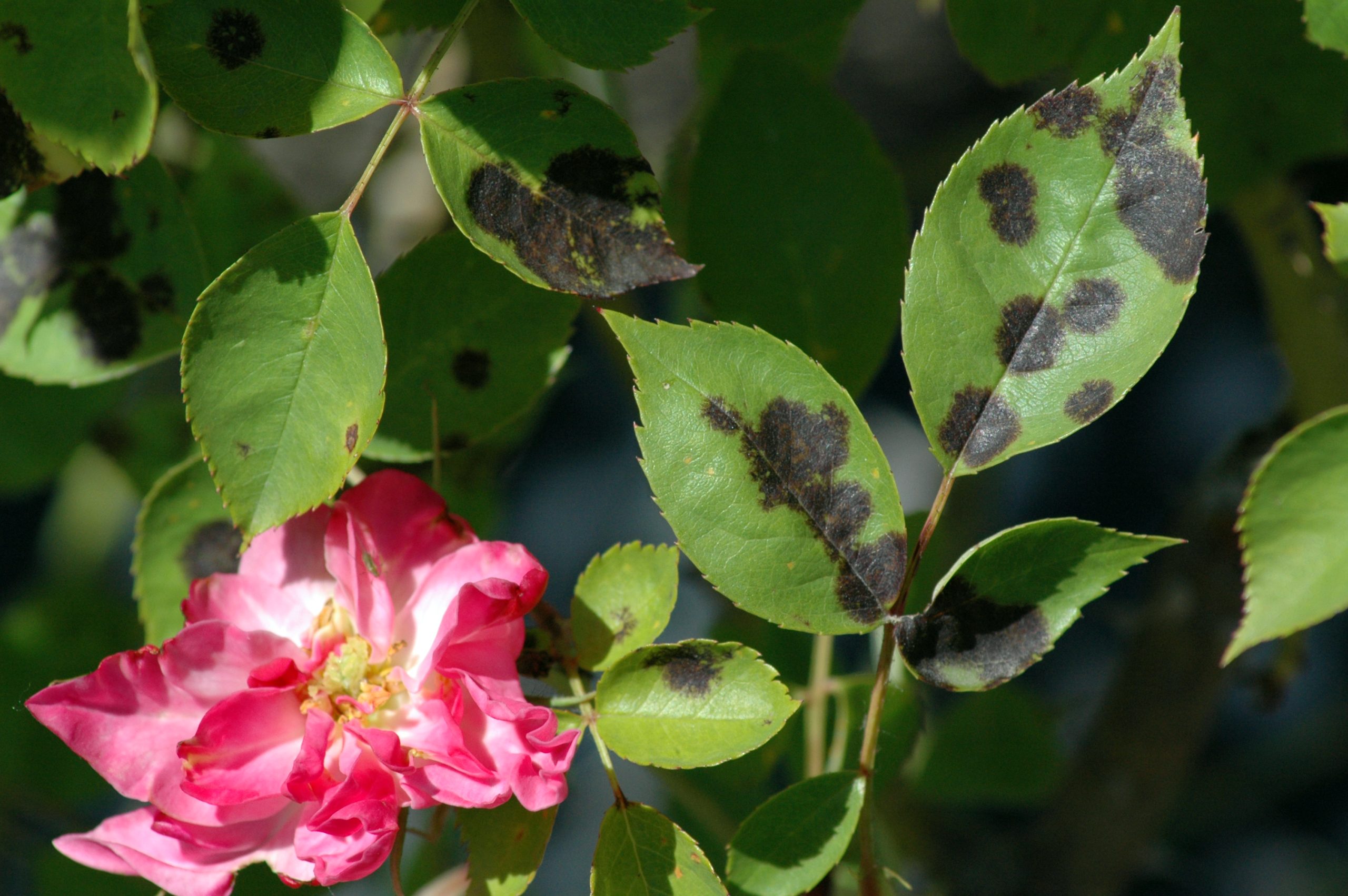
The chances of fungus increase when you overwater a plant, or you water your roses at the base rather than overhead to keep the foliage dry. Ideally, you should be watering your rose plant during the day as the soil dries, reducing the risk of fungal growth.
3. Use fertilizers
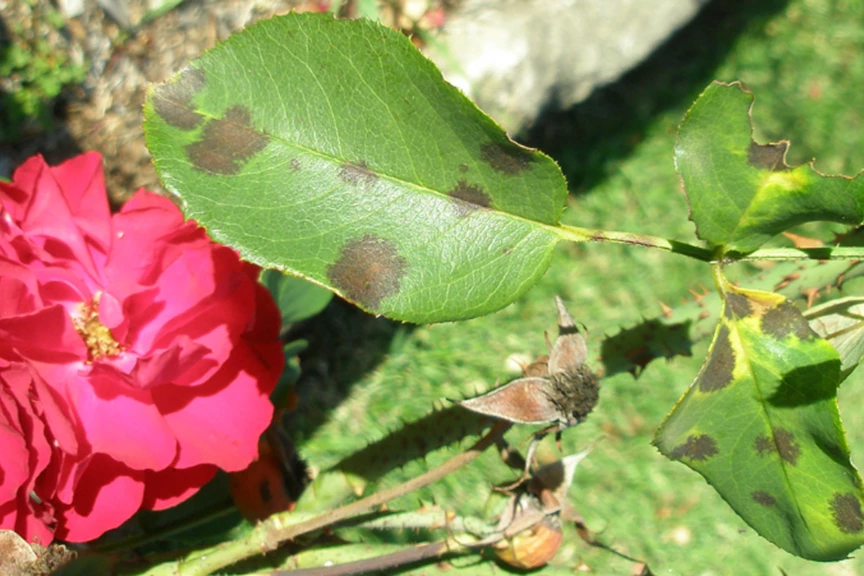
Getting all nutrients from soil is not possible, so ensure that your roses receive the necessary nutrients for optimal health by fertilizers. These will make your plant healthier and better equipped to resist diseases like black spots.
4. Let Mulching Become Your Helping Hand
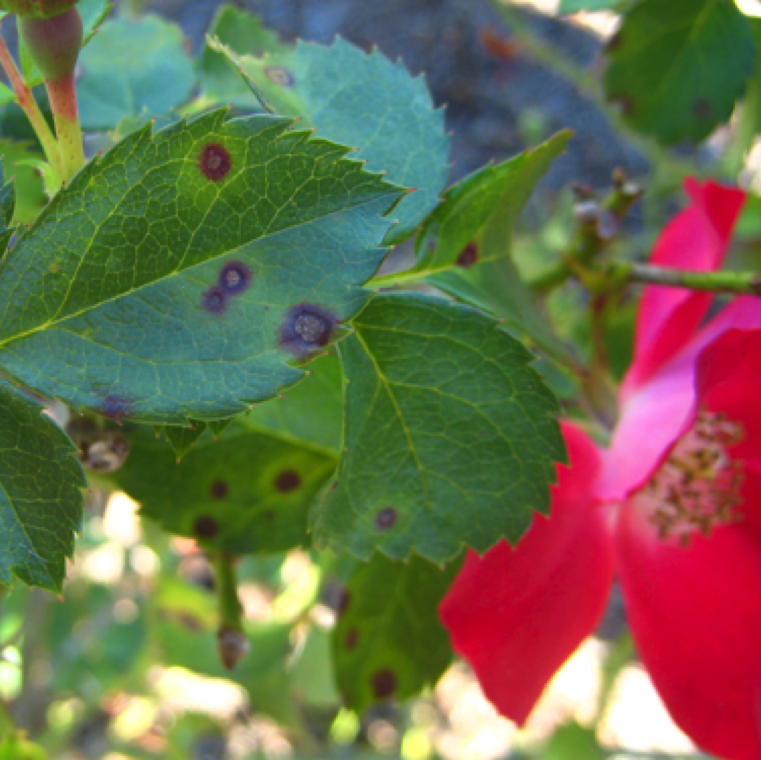
Try to add a layer of mulch around your rose bushes. This will prevent soil from splashing onto the leaves, as this can carry fungal spores.
5. Variety is the Key
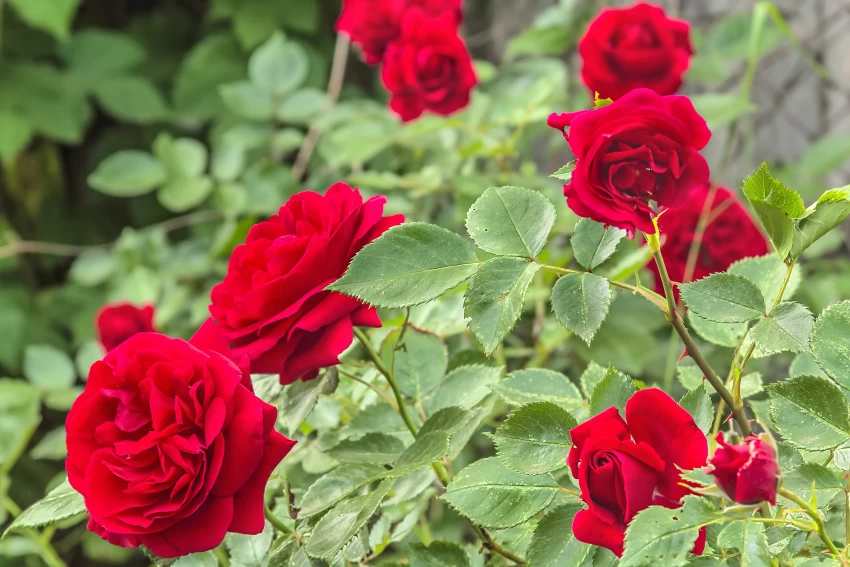
Use a wide range of rose plants and their variety across your garden, as they are known for their resistance to black spots. These can be less prone to the disease, reducing the likelihood of recurrence and preventing it from coming back another year.
6. Keep it Tidy
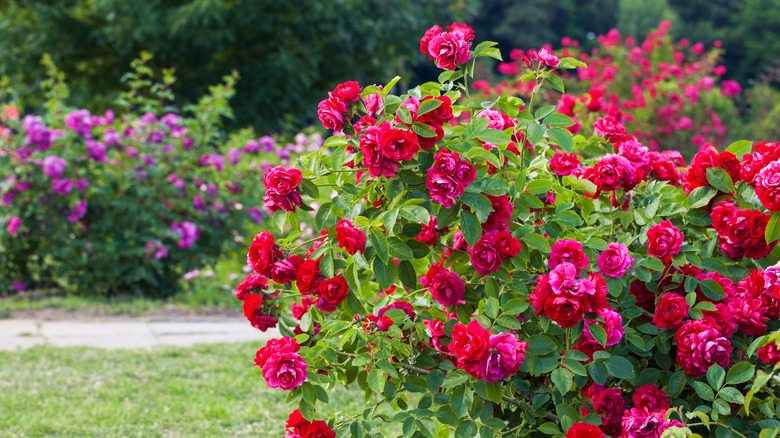
For a healthy rose plant that does not have a black spot, keep your garden clean by removing fallen leaves and spent blossoms regularly. This will reduce the potential sources of infection.
Conclusion
Now that we have learned that the spots on the rose plant have the potential to come again and can cause damage to your plant if not taken care of seriously, you should learn ways to effectively take care of it so that you can have a garden filled with thriving roses.
Remember, all these might look like a lot, but it is worth it in the end. If taken care of properly, these black spots will never become a problem for your garden.
If you want to grow and have a garden filled with thriving flowers, then you should follow our blogs for more informative guides and sow the garden of your dreams.

